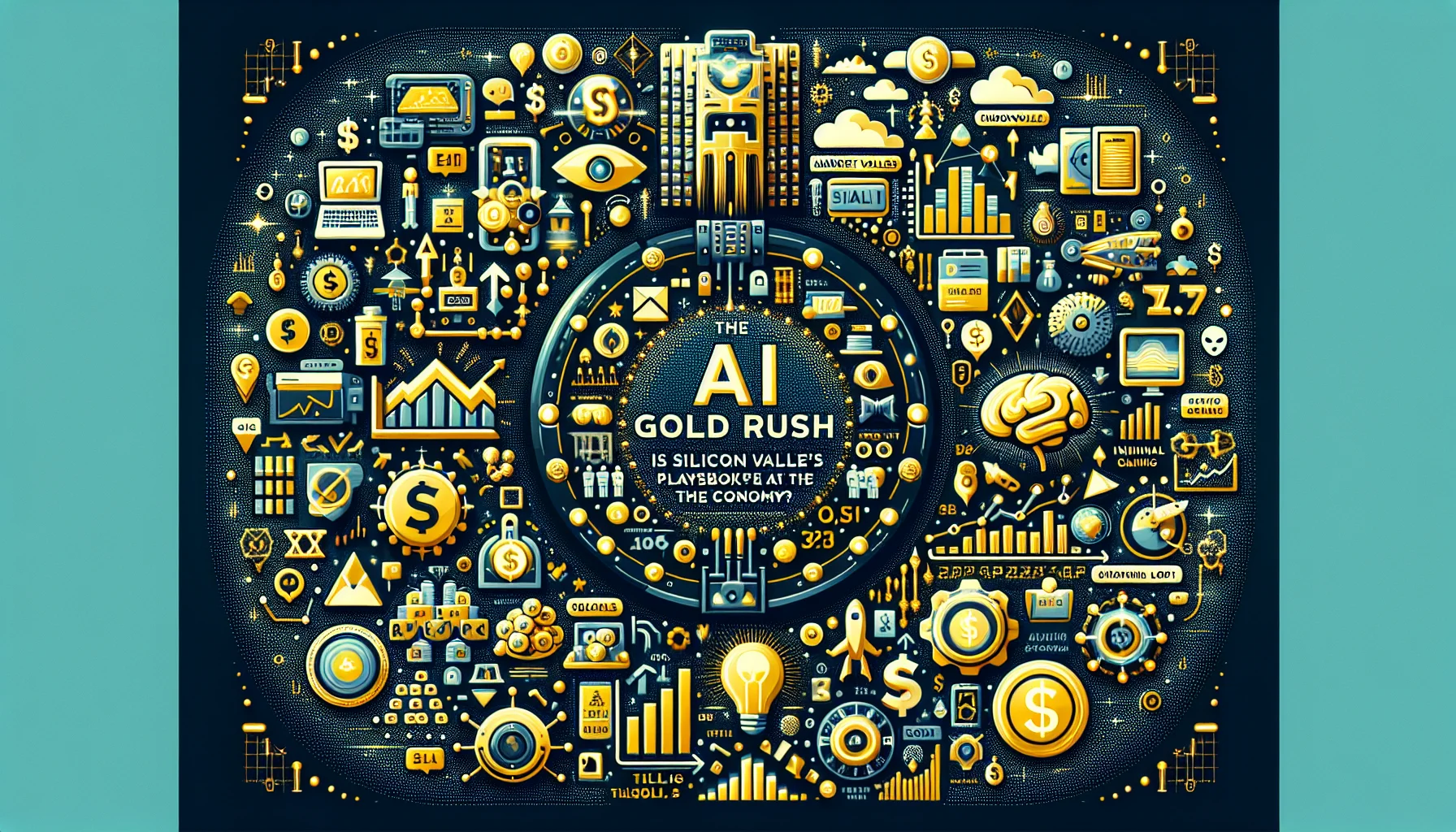
The AI Gold Rush: Is Silicon Valley’s Playbook a Gamble for the Global Economy?
The numbers are staggering. Trillions of dollars in market value, record-breaking funding rounds, and a surge in the stock market reminiscent of the dot-com era. Artificial Intelligence is no longer a futuristic concept; it’s the single most powerful force shaping today’s investment landscape. From Wall Street to Main Street, the consensus is clear: get on the AI train or get left behind. This fervor is particularly palpable in Silicon Valley, the engine room of this revolution, where the race to build Artificial General Intelligence (AGI)—a machine that can reason and learn like a human—is an all-consuming quest.
But behind the breathless headlines and soaring valuations, a series of profound and unsettling questions are being ignored. The dominant Silicon Valley narrative, a blend of techno-optimism and relentless hype, presents the path to AGI as an inevitable march of progress. This view, however, is built on a flawed and dangerously narrow consensus. It overlooks the immense uncertainty surrounding what happens if we succeed in creating human-level intelligence—and, just as importantly, what happens if we don’t.
For investors, business leaders, and anyone involved in finance, understanding these cracks in the AI consensus isn’t just an academic exercise. It’s a critical component of risk management in a world being rapidly reshaped by algorithms. We need to look beyond the hype and ask the hard questions about the future of our economy, the stability of our financial systems, and the very nature of value in an age of intelligent machines.
The Market’s Bet on an Uncertain Future
Today’s financial markets are betting heavily on the successful and seamless integration of AI. The boom in AI-related stocks has become a primary driver of market growth, with investors pouring capital into everything from chip manufacturers to enterprise software platforms. This investment is fueled by a compelling vision of the future:
- A Revolution in Financial Technology: The world of fintech is already being transformed. AI-powered algorithms are optimizing trading strategies, automating risk assessment in banking, and providing hyper-personalized financial advice. The promise is a more efficient, accessible, and intelligent financial ecosystem.
- Unprecedented Productivity Gains: The core belief underpinning the high valuations is that AI will unlock a new era of economic growth. Proponents argue that AI will solve everything from curing diseases to optimizing global supply chains, leading to productivity gains that will dwarf previous technological revolutions.
- The Emergence of New Markets: Just as the internet created entirely new industries, AI is expected to do the same. From autonomous transportation to fully automated scientific discovery, the potential for new, multi-trillion-dollar markets seems limitless.
This optimistic scenario represents the dominant consensus. But what if this consensus is built on a misunderstanding of what intelligence actually is?
The Flaw in the Code: Questioning the AI Endgame
The central flaw in the Silicon Valley playbook is the assumption that intelligence is simply a matter of computational power and data. The current generation of Large Language Models (LLMs) are miracles of engineering, capable of generating human-like text, code, and images. Yet, they are fundamentally pattern-matching machines. They don’t “understand” concepts in the way a human does; they predict the next most likely word in a sequence based on the vast dataset they were trained on.
This leads to a critical divergence in thinking. Is the path to AGI simply a matter of scaling up current models—more data, more computing power? Or does true intelligence require something more, like embodiment, genuine consciousness, or a causal understanding of the world that current systems lack? This isn’t just a philosophical debate; it has profound implications for investing.
If true AGI is fundamentally different from today’s technology, then a significant portion of the capital being invested could be misallocated, chasing a technological dead end. We risk building incredibly sophisticated but brittle systems that are prone to “hallucinations” and unpredictable failures—a terrifying prospect when these systems are integrated into critical infrastructure, from our power grids to our financial technology platforms.


